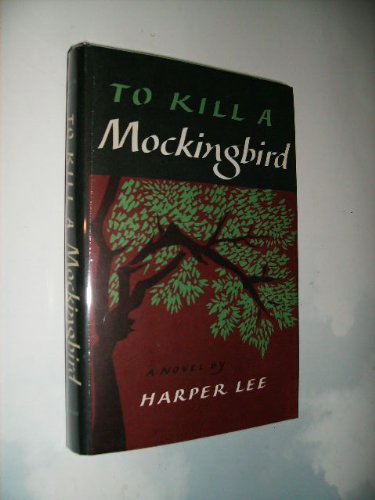All Nonfiction
- Bullying
- Books
- Academic
- Author Interviews
- Celebrity interviews
- College Articles
- College Essays
- Educator of the Year
- Heroes
- Interviews
- Memoir
- Personal Experience
- Sports
- Travel & Culture
All Opinions
- Bullying
- Current Events / Politics
- Discrimination
- Drugs / Alcohol / Smoking
- Entertainment / Celebrities
- Environment
- Love / Relationships
- Movies / Music / TV
- Pop Culture / Trends
- School / College
- Social Issues / Civics
- Spirituality / Religion
- Sports / Hobbies
All Hot Topics
- Bullying
- Community Service
- Environment
- Health
- Letters to the Editor
- Pride & Prejudice
- What Matters
- Back
Summer Guide
- Program Links
- Program Reviews
- Back
College Guide
- College Links
- College Reviews
- College Essays
- College Articles
- Back
To Kill A Mockingbird
The moon-cast shadow of a battered house creeps across the decaying grass, inching towards a dark, empty street. Its broken shingles groan as they sway back and forth in the slight breeze. Lee's To Kill a Mockingbird integrates mystery and intrigue to captivate readers.
The idea of Boo Radley interests the kids because he represents the unknown. Peeking through dark glass, Jem, Scout, and Dill try to find what this neighborhood monster looks like. For instance, as they approach the house, Scout continues to ask questions about their purpose of going to the Radley's house (51). This shows intrigue because the children have used their imagination to take something of the ordinary and make it into something extreme. In their young age, the kids take Boo as something horrifying, interesting, and even believable. In addition, the knothole in the tree presents the kids with a form of communication with Boo, but is sealed away before they can attempt conversing with him in full (60-62). This shows mystery by forcing the readers into wanting to learn more about this clandestine character. In seeking insight into boo, the kids are showing maturity. By mentally maturing, the kids move from childish fantasy about Boo to the menacing reality of racism.
Bigotry creates suspense while innocence subdues it. To begin, Scout wallops a boy from her class, Walter Cunningham, for her knowledge of his family getting her into trouble with the teacher (22). This projects importance because Scout's innocence causes the dismay in the school room. This encounter between children is even more important later in the story. In succession, the children run down to town after Atticus late at night and find a mob surrounding him, trying to get past him to kill Tom Robinson. Jem, Scout, and Dill run over to Atticus' side and Scout spots Walter Cunninham's father (148-154). The mob's racism towards Tom gives suspense for the readers. Scout's innocence saves Atticus as the group leaves after Mr. Cunningham is shoved in the spotlight. After suspenseful situations due to both racism and innocence, the inculpable acts lead to a momentary defeat of bigotry.
Mystery itself intrigues readers, and racism integrates both. To kill a Mockingbird is a book about growing up. Part of growing up is moving from childish fantasies with monsters on to the true terrors in the world. In everyone's life, he must come to see the world as it really is. How he sees the world will affect how he lives in it.
Similar Articles
JOIN THE DISCUSSION
This article has 0 comments.

